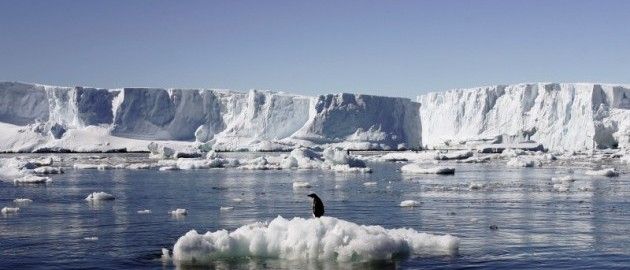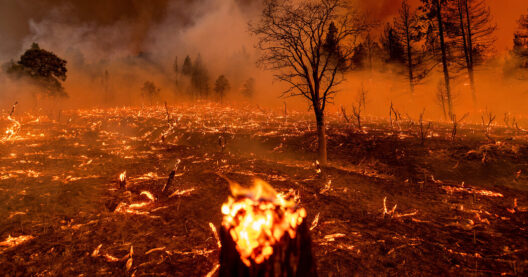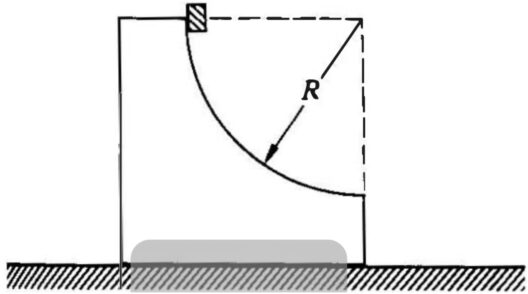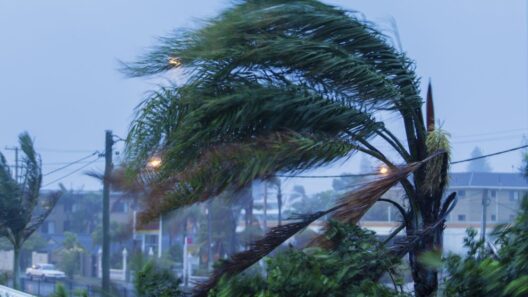Volcanoes and glacier melt interplay significantly in the context of global warming. Understanding this relationship is crucial, as it sheds light on the complexities of climate change and its multifaceted consequences. This article elucidates the mechanisms by which volcanic activity influences glacier dynamics, the implications for sea level rise, and broader ramifications for our planet’s climate system.
Volcanoes are geological formations that release molten rock, ash, and gases from beneath the Earth’s crust. They can be classified into several categories: shield, stratovolcano, cinder cone, and fissure vents, each with distinct eruptive characteristics. Among these, stratovolcanoes often generate the most spectacular eruptions, yielding substantial amounts of volcanic ash and gases into the atmosphere, influencing both climate and glacial processes.
One of the primary ways in which volcanoes affect glaciers is through the emission of aerosols, particularly sulfur dioxide (SO2). When released into the atmosphere, SO2 combines with water vapor to form sulfuric acid droplets. This aerosol layer can reflect sunlight, inadvertently leading to a temporary cooling effect on the Earth’s surface. In regions close to active volcanoes, this can create a paradox: while the immediate area may see cooling, the surrounding environments can be affected differently, contributing to complex patterns of temperature variation.
Conversely, the heat generated by volcanic eruptions can trigger rapid glacier melt. This phenomenon was particularly observable during the eruption of Mount Pinatubo in 1991. The volcanic ash and gases released peaked atmospheric temperatures, yet the cooling effect of the aerosols also caused significant changes in glacial dynamics. As the planet’s climate system continued to heat over the decades, the rate of melting glaciers increased, showcasing the duality of natural phenomena regarding temperature regulation.
Glaciers, colossal ice masses that store freshwater, act as indicators of climate change. As global temperatures rise, the melting rate of glaciers accelerates, contributing to rising sea levels. For instance, the West Antarctic Ice Sheet has exhibited alarming rates of melt attributable to various factors, including ocean warming and volcanic activity beneath the ice. Recent research indicates that subglacial volcanic activity beneath this ice sheet has exacerbated melting rates, prompting concern among climate scientists regarding future projections of sea-level rise.
Sea level rise poses a significant threat. Coastal communities are particularly vulnerable to inundation and erosion, driven by both the melting of glaciers and thermal expansion of seawater due to heating. Projections suggest that a complete collapse of the West Antarctic Ice Sheet could result in sea levels rising by several meters, displacing millions and altering ecosystems irreversibly. The implications extend beyond mere geography; they encompass social, economic, and political dimensions as well.
In addition to immediate physical impacts, the interplay of volcanic activity and glacier melt contributes to feedback loops that magnify climate effects. For example, as glaciers retreat, darker land or sea surfaces become exposed. This change increases the absorption of solar radiation, leading to further warming and accelerating glaciers’ retreat in a vicious cycle. This process is particularly noted in Greenland, where the albedo effect—a surface’s reflective quality—diminishes with ice loss, exacerbating warming trends further.
Moreover, the effects of volcanoes on climate systems are not confined to localized environments. Large explosive eruptions can send ash and pollutants into the stratosphere, affecting weather patterns across vast regions. This can disrupt monsoon systems, alter precipitation patterns, and create long-term climatic shifts. Such phenomena underscore the significance of understanding the global implications of volcanic emissions in relation to ongoing anthropogenic climate change.
In essence, volcanoes play a dual role in the climate narrative: they can be both agents of short-term cooling and facilitators of long-term warming through their effects on glaciers. The delicate balance of these processes necessitates rigorous scientific investigation. Continuous monitoring and research, particularly in regions where volcanic activity overlaps with glacial systems, are pivotal for accurate climate modeling.
Furthermore, the relationship between volcanic activity and glacier melt highlights the need for comprehensive climate policies. Mitigation strategies should consider the multifaceted interactions among natural processes and anthropogenic factors. For instance, investing in renewable energy sources and reducing carbon emissions can mitigate the anthropogenic warming exacerbated by these natural phenomena.
Collaboration between scientists across disciplines—geologists, climatologists, and environmental policy experts—will be essential in creating adaptable strategies for dealing with unpredictable changes arising from the complex interplay of volcanic activity and climate change. Moreover, public awareness and engagement will be critical in fostering a more informed society, ready to tackle the existential threat posed by climate change.
In conclusion, the nexus between volcanoes and glacier melt illuminates the intricate tapestry of our planet’s climate system. It serves as a poignant reminder of the myriad factors influencing climate change and the urgent need for proactive engagement in environmental stewardship. The challenge ahead requires not just recognition of these complex dynamics but a concerted global effort to address the underlying issues driving climate change. Through diligence, awareness, and actionable change, it is possible to forge a more sustainable future amid the daunting realities posed by our shifting climate.







